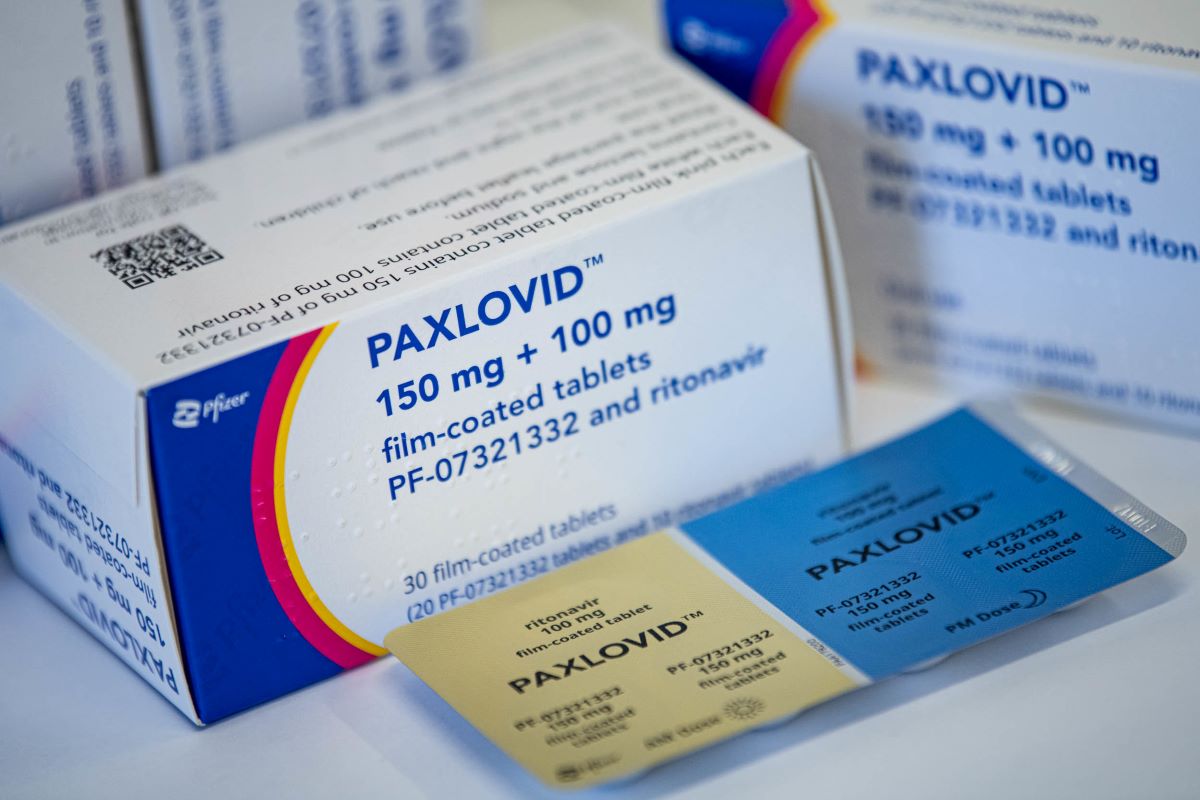

Articles
How To Store Paxlovid
Modified: February 7, 2024
Learn the best methods and tips for storing Paxlovid in this comprehensive collection of articles. Keep your medication safe and effective for future use.
(Many of the links in this article redirect to a specific reviewed product. Your purchase of these products through affiliate links helps to generate commission for Storables.com, at no extra cost. Learn more)
Introduction
Paxlovid is a breakthrough antiviral medication developed to treat COVID-19 in adult patients at high risk of severe illness or hospitalization. Its efficacy in reducing the risk of hospitalization or death has made it an invaluable tool in combatting the global pandemic. However, like any other medication, proper storage is crucial to maintain its effectiveness and ensure its optimal performance when it’s administered.
In this article, we will dive into the world of Paxlovid storage and provide you with essential guidelines to store this antiviral medication effectively. Understanding the recommended storage conditions, temperature requirements, humidity considerations, light exposure, packaging and container recommendations, and suitable storage locations will help you maintain the quality and efficacy of Paxlovid until it is ready for use.
By following the storage recommendations outlined in this article, you can ensure that Paxlovid remains stable, potent, and ready to deliver the desired therapeutic effects when administered to patients.
Key Takeaways:
- Proper storage of Paxlovid is crucial to maintain its stability, potency, and effectiveness. Follow temperature, humidity, and light exposure guidelines to ensure the medication remains safe and ready for use.
- Storing Paxlovid in a cool, dry area within the recommended temperature range and protecting it from potential challenges ensures the medication’s integrity and contributes to its effectiveness in treating COVID-19.
Read more: How To Store Store-Bought Bread
Understanding Paxlovid
Paxlovid, also known by its generic name nirmatrelvir and ritonavir, is a combination antiviral medication authorized for emergency use in treating COVID-19. It is primarily intended for administration to adult patients who are at high risk of severe illness or hospitalization due to COVID-19. The drug works by inhibiting the replication of the SARS-CoV-2 virus, which causes COVID-19, therefore helping to reduce the severity of the symptoms and prevent the need for hospitalization.
Paxlovid is available in a fixed-dose combination tablet, which contains 300 mg of nirmatrelvir and 100 mg of ritonavir. This combination has been found to be effective in blocking the protease enzyme responsible for viral replication, thereby interrupting the virus’s ability to multiply and spread within the body.
It is essential to note that Paxlovid is only authorized for use in adult patients and should be administered under the supervision of healthcare professionals. The dosage and treatment duration may vary depending on the severity of the infection and the patient’s overall health condition. Therefore, it is crucial to follow the guidance of healthcare providers and adhere to the prescribed dosage and treatment regimen.
Now that we have a basic understanding of Paxlovid, let’s explore the recommended storage conditions to ensure its longevity and effectiveness.
Recommended Storage Conditions
To maintain the potency and efficacy of Paxlovid, it is crucial to store it under the recommended conditions. Proper storage not only preserves the medication’s therapeutic properties but also ensures patient safety and the desired treatment outcomes. Here are the key factors to consider:
- Temperature: Paxlovid should be stored at a controlled room temperature between 20°C (68°F) and 25°C (77°F). It is important to avoid exposing the medication to extreme heat or cold temperatures as it can affect its stability and potency. Keep it away from direct sunlight or any heat sources.
- Humidity: Paxlovid should be stored in a dry place with low humidity levels. Moisture can contribute to the degradation of the medication and compromise its effectiveness. Avoid storage areas with excessive humidity, such as bathrooms or areas prone to water exposure.
- Light Exposure: Protect Paxlovid from direct light exposure. Ultraviolet (UV) rays and harsh lighting can degrade the medication over time. Store the medication in a dark or opaque container and avoid exposing it to prolonged sunlight or intense artificial light.
- Container: It is recommended to store Paxlovid in its original packaging, which is specifically designed to protect it from external factors that can affect its stability. The original container is also labeled with important information, such as the expiration date and batch number, which is essential for tracking and quality control purposes.
Following these recommended storage conditions will help ensure that Paxlovid maintains its potency, efficacy, and therapeutic effects until it is ready for use. It is crucial to handle the medication with care and store it in a way that minimizes exposure to temperature changes, humidity, and light.
In the next section, we will explore the specific temperature requirements for storing Paxlovid.
Temperature Requirements
Proper temperature control is vital in preserving the stability and effectiveness of Paxlovid. The medication should be stored within a specific temperature range to ensure its therapeutic properties remain intact. Here are the temperature requirements to follow:
- Controlled Room Temperature: Paxlovid should be stored at a temperature between 20°C (68°F) and 25°C (77°F). This temperature range provides the ideal conditions for maintaining the stability and potency of the medication.
- Avoid Temperature Extremes: It is important to avoid exposing Paxlovid to extreme heat or cold temperatures. High temperatures can accelerate the degradation of the medication, while freezing temperatures can lead to physical changes, compromising its efficacy. Avoid storage areas near heaters, stoves, or places prone to temperature fluctuations.
- Temperature Monitoring: Consider using a thermometer or a temperature monitoring device in the storage area to ensure that the temperature remains within the recommended range. This allows for regular monitoring and immediate action if the temperature deviates from the desired range.
Adhering to the temperature requirements will help maintain the stability and efficacy of Paxlovid, ensuring that the medication retains its therapeutic effects. Always check the storage conditions of Paxlovid regularly and take necessary precautions to prevent exposure to unfavorable temperatures.
In the next section, we will discuss the considerations regarding humidity when storing Paxlovid.
Humidity Requirements
In addition to temperature control, humidity is another important factor to consider when storing Paxlovid. Humidity levels can directly impact the stability and effectiveness of the medication. Here are the recommended guidelines for humidity requirements:
- Dry Environment: Paxlovid should be stored in a dry environment with low humidity levels. Excessive moisture can lead to chemical degradation and compromise the integrity of the medication. Avoid storing Paxlovid in locations prone to high humidity, such as bathrooms or areas near water sources.
- Avoid Direct Exposure: Protect Paxlovid from direct exposure to water or any sources of moisture. Moisture can seep into the medication packaging and result in physical changes, making the medication less effective. Store Paxlovid in airtight containers or original packaging to prevent moisture infiltration.
- Humidity Monitoring: Consider using a humidity meter or hygrometer to monitor the humidity levels in the storage area. This will allow you to ensure that the humidity remains within the acceptable range. If necessary, use dehumidifiers or other humidity control devices to maintain the desired humidity levels.
By storing Paxlovid in a dry environment with low humidity levels, you can help preserve its stability and maximize its therapeutic effects. Proper humidity control is essential in maintaining the integrity and quality of the medication throughout its storage period.
In the next section, we will discuss the impact of light exposure on Paxlovid and how to protect it from light.
Store Paxlovid at room temperature between 68-77°F (20-25°C). Keep it in the original packaging and away from moisture and heat. Do not freeze.
Read more: How To Store Basil From Grocery Store
Light Exposure
Protecting Paxlovid from light exposure is crucial to maintain its stability and effectiveness. Light, especially ultraviolet (UV) rays, can degrade the medication and impact its potency. Here are the key considerations regarding light exposure:
- Avoid Direct Sunlight: Keep Paxlovid away from direct sunlight as much as possible. Sunlight contains UV rays that can degrade the medication over time. Store the medication in a dark or opaque container to shield it from light exposure.
- Limit Artificial Light: In addition to sunlight, exposure to intense artificial light sources can also impact the stability of Paxlovid. Store the medication in a location where it is shielded from prolonged exposure to bright or harsh lighting, such as fluorescent lights.
- Use Opaque Containers: If transferring Paxlovid to a different container, ensure that the container is opaque and provides sufficient protection against light exposure. Opaque plastic or amber glass bottles can help minimize light penetration and preserve the medication’s stability.
By protecting Paxlovid from light exposure, you can maintain its potency and ensure that it remains effective until it is ready for use. Always store the medication in a dark or opaque container and avoid exposing it to direct sunlight or intense artificial light.
In the next section, we will discuss the recommended packaging and container recommendations for storing Paxlovid.
Packaging and Container Recommendations
The packaging and containers used for storing Paxlovid play a crucial role in ensuring its stability and preserving its therapeutic properties. Here are the recommended recommendations for packaging and containers:
- Original Packaging: It is highly recommended to store Paxlovid in its original packaging. The original packaging is specifically designed to protect the medication from external factors that can affect its stability, such as light and moisture. The packaging is also labeled with important information like the expiration date and batch number.
- Dark or Opaque Containers: If Paxlovid needs to be transferred to a different container, ensure that the container is dark or opaque. This helps to minimize light exposure and protect the medication from degradation. Opaque plastic or amber glass containers are commonly used for this purpose.
- Airtight Containers: To prevent moisture infiltration, store Paxlovid in airtight containers. This helps to maintain the integrity of the medication and prevent degradation due to exposure to humidity.
- Sealed Foil Packs: If Paxlovid comes in individual sealed foil packs, it is recommended to keep the tablets in these packs until ready for use. The sealed foil packs provide an additional layer of protection against moisture and light.
Following these packaging and container recommendations will help ensure the longevity and effectiveness of Paxlovid. It is important to store the medication in a way that minimizes exposure to light, moisture, and other external factors that can compromise its stability.
In the next section, we will explore suitable storage locations for Paxlovid.
Suitable Storage Locations
Choosing the right storage location for Paxlovid is essential in maintaining its stability and potency. Here are some considerations for determining suitable storage locations:
- Cool and Dry Areas: Select a storage area that is cool and dry, with a temperature range between 20°C (68°F) and 25°C (77°F). Avoid areas that are prone to temperature fluctuations or excessive humidity, such as basements or kitchens.
- Away from Heat Sources: Ensure that the storage location is away from direct heat sources such as heaters or radiators. High temperatures can accelerate the degradation of Paxlovid and reduce its efficacy.
- Low Light Exposure: Choose a storage area that is away from direct sunlight or intense artificial light. Exposure to light, especially UV rays, can compromise the stability of the medication.
- Secure and Childproof: Store Paxlovid in a secure area away from the reach of children or pets. Consider using locked cabinets or drawers to prevent accidental ingestion or tampering.
- Stable Temperature: Ensure that the chosen storage location provides a consistent and stable temperature. Avoid areas that may experience drastic temperature fluctuations, such as near windows or external doors.
Selecting a suitable storage location for Paxlovid helps to maintain its quality and effectiveness. A cool, dry, dark, and secure environment is ideal for storing the medication and ensuring its longevity until it is ready for use.
In the next section, we will discuss potential challenges you may encounter when storing Paxlovid.
Potential Storage Challenges
While proper storage is crucial for maintaining the efficacy of Paxlovid, there are some potential challenges you may encounter. Being aware of these challenges can help you overcome them and ensure the medication’s stability. Here are some common storage challenges related to Paxlovid:
- Power Outages: If you experience power outages, it is important to have a contingency plan to maintain the proper storage conditions for Paxlovid. Consider having backup power sources, such as a generator, to ensure that the storage area remains within the recommended temperature range.
- Travel or Transportation: When traveling with Paxlovid, it is crucial to store it properly to maintain its effectiveness. Use insulated containers and reusable cold packs to keep the medication within the recommended temperature range during transportation. Avoid exposing Paxlovid to extreme temperatures during transit.
- Medication Dispensing Errors: Pay close attention to the expiration dates and batch numbers of Paxlovid. Use appropriate inventory management systems to ensure that you are using the oldest stock first to prevent wastage and maintain the medication’s efficacy. Labeling and organizing the storage area can help minimize medication dispensing errors.
- Storage Space Constraints: In some cases, limited storage space can be a challenge when storing medications like Paxlovid. Prioritize finding a designated storage area with suitable conditions and avoid overcrowding the space. Remove any unnecessary items or expired medications to create sufficient space for Paxlovid.
- Temperature Monitoring: Regular monitoring of the storage area’s temperature is essential to ensure that it remains within the recommended range. Failure to monitor temperature levels can compromise the stability of Paxlovid. Consider using temperature monitoring devices or alarms to alert you of any temperature deviations.
By being prepared for these potential storage challenges and addressing them proactively, you can ensure that Paxlovid remains stable and effective, ultimately providing the desired therapeutic benefits when administered to patients.
Now, let’s summarize the key points we’ve covered in this article.
Read more: How To Store Victoza
Conclusion
Proper storage of Paxlovid is crucial to maintain its stability, potency, and effectiveness. By following the recommended storage conditions, temperature requirements, humidity considerations, light exposure guidelines, and packaging recommendations, you can ensure that Paxlovid remains safe and ready for use when needed.
Remember to store Paxlovid in a cool, dry area within a temperature range of 20°C (68°F) to 25°C (77°F) to prevent degradation of the medication. Protect it from excessive humidity, direct light exposure, and temperature extremes that could compromise its efficacy. Storing Paxlovid in its original packaging or in dark and opaque containers helps to shield it from light and moisture. Ensure that the storage location is secure, childproof, and provides a stable temperature environment.
While there may be potential challenges in storing Paxlovid, such as power outages or limited storage space, being prepared and proactive can help overcome these challenges. Regularly monitor the temperature, organize the storage area, and address any dispensing errors to ensure the medication’s integrity.
By implementing these storage guidelines and best practices, you can contribute to the overall efficacy and success of Paxlovid as a vital tool in the fight against COVID-19. Always consult and follow the guidance of healthcare professionals for proper administration and usage of Paxlovid.
Remember, proper storage is essential to ensure that Paxlovid remains a reliable and effective medication in the treatment of COVID-19 for patients at high risk. Stay informed, take necessary precautions, and continue to prioritize patient safety in the storage and handling of Paxlovid.
Note: The information provided in this article is for educational purposes only and should not replace professional medical advice. Consult with a healthcare professional or pharmacist for specific guidance on storing and administering Paxlovid.
Frequently Asked Questions about How To Store Paxlovid
Was this page helpful?
At Storables.com, we guarantee accurate and reliable information. Our content, validated by Expert Board Contributors, is crafted following stringent Editorial Policies. We're committed to providing you with well-researched, expert-backed insights for all your informational needs.


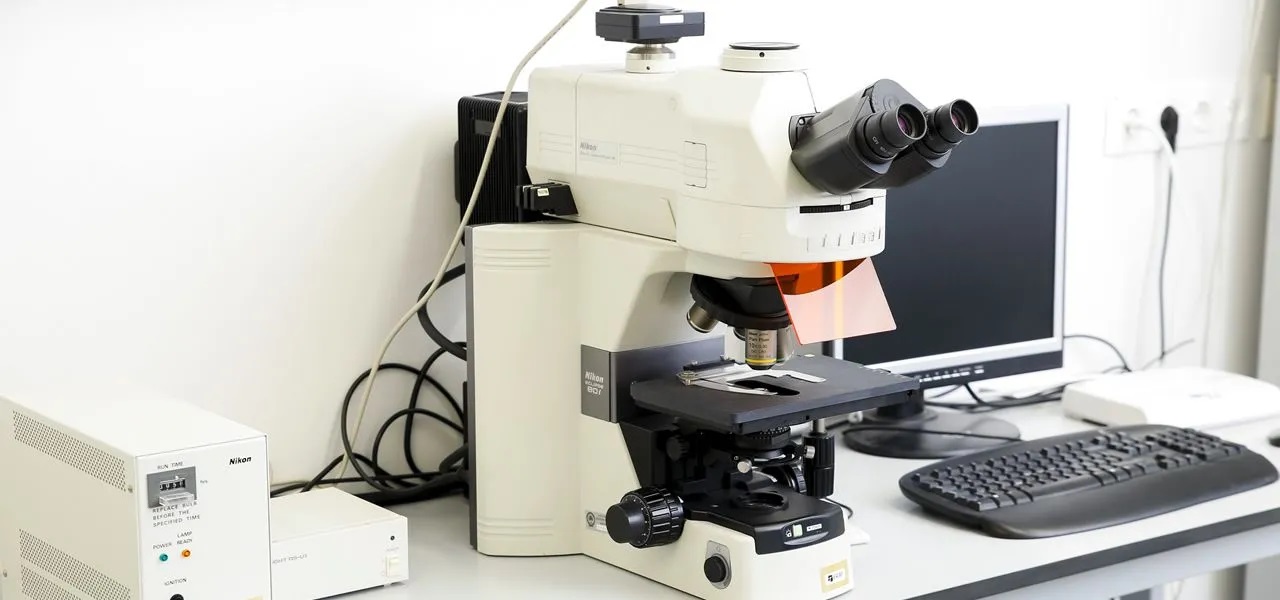
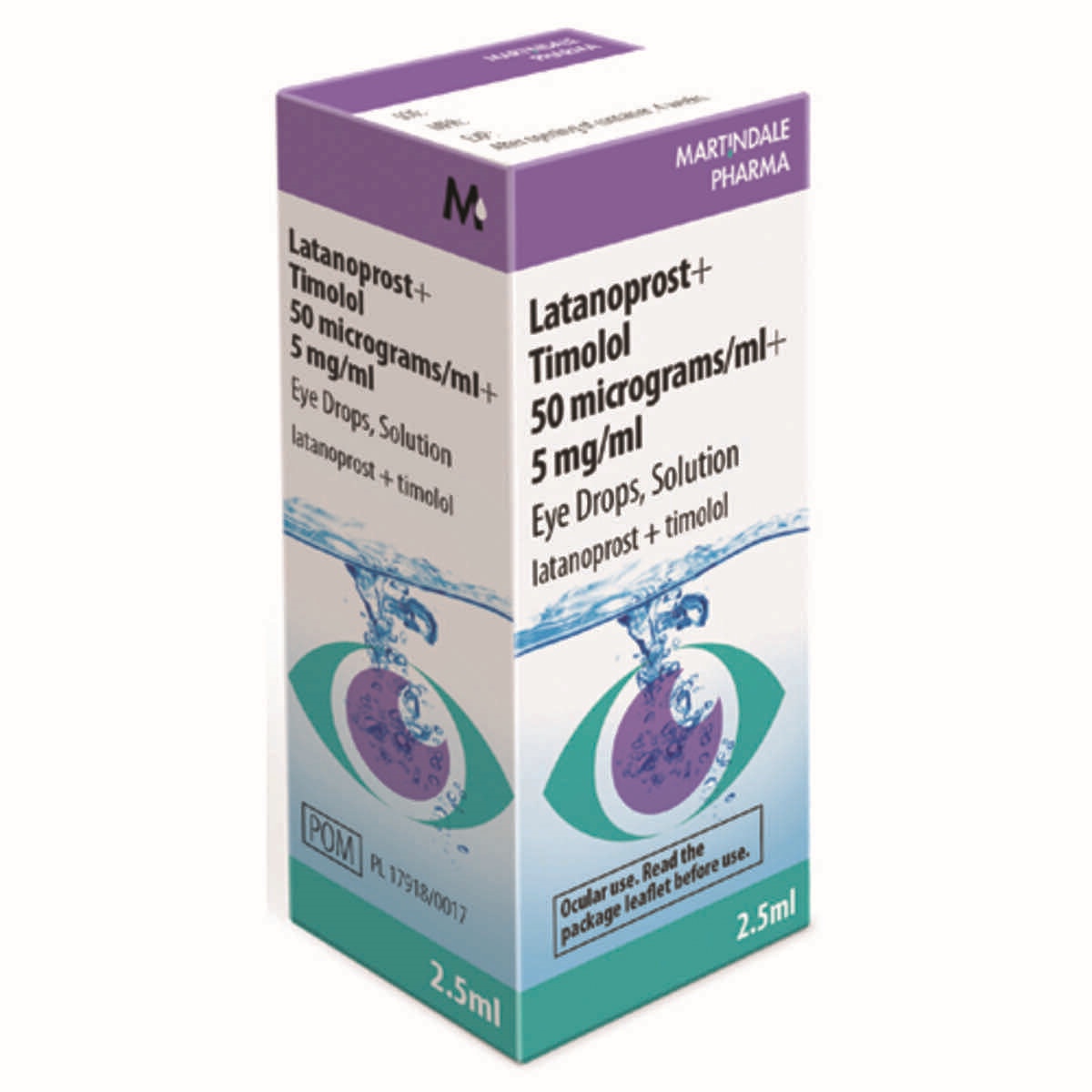



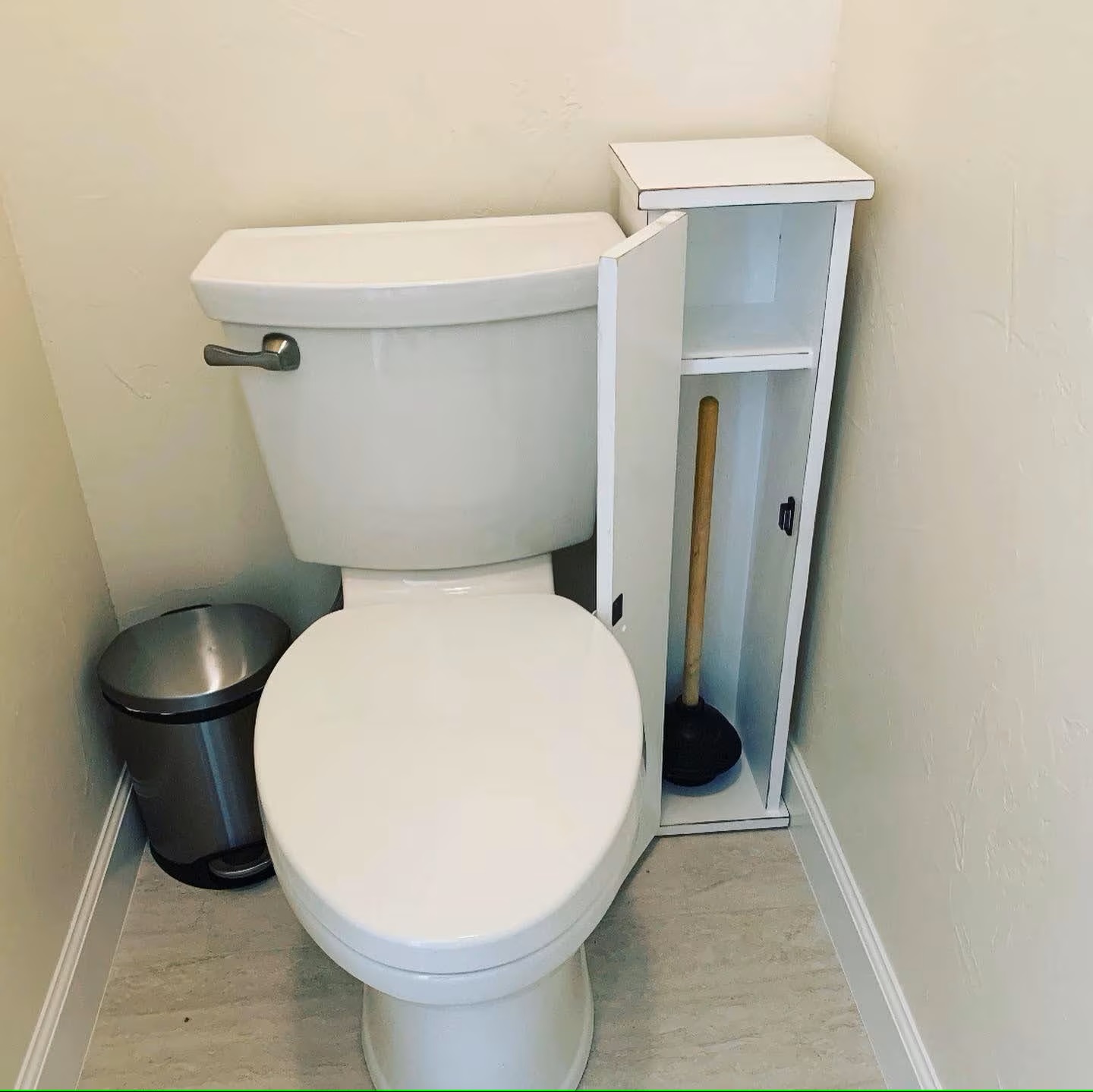
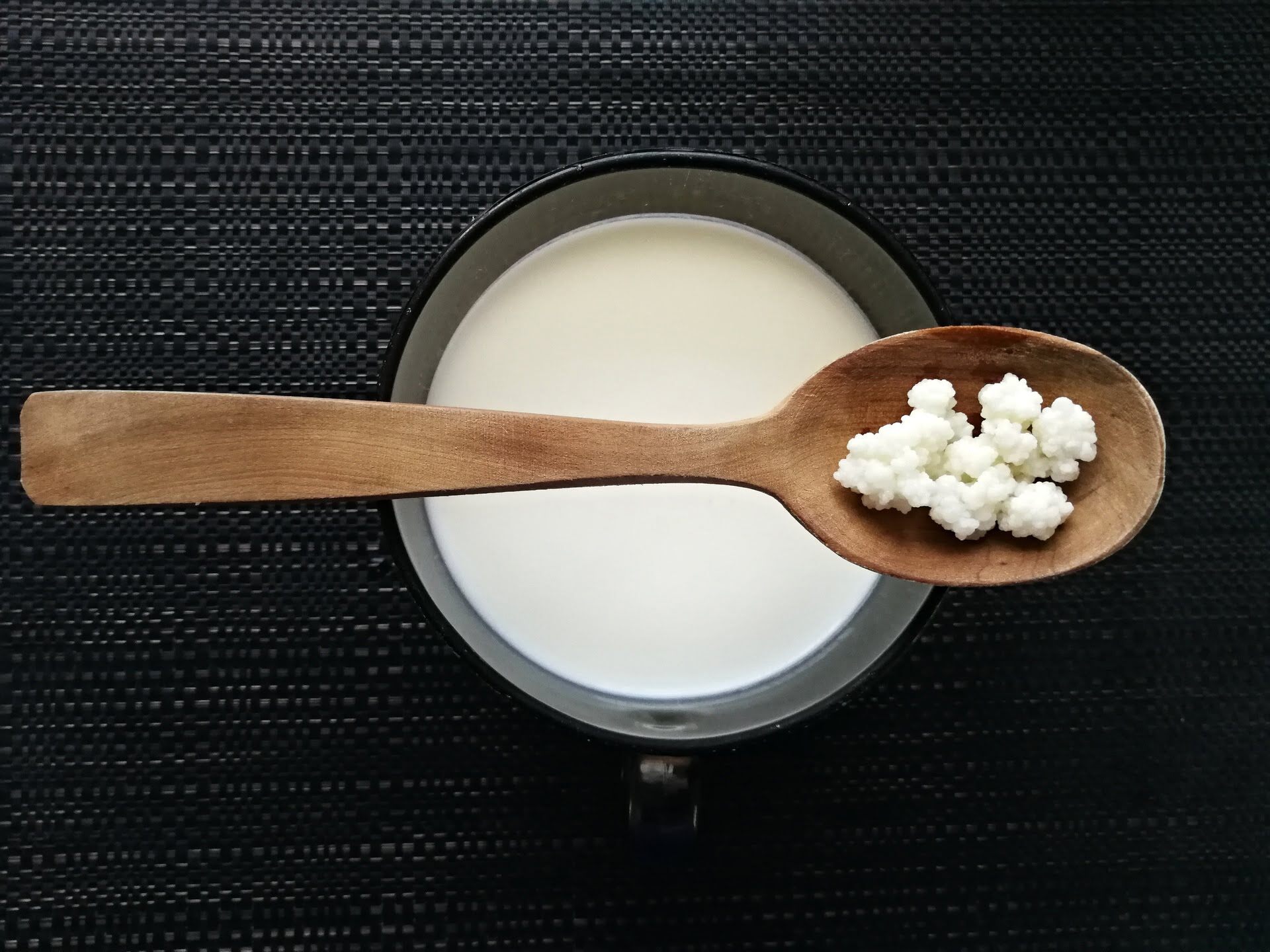



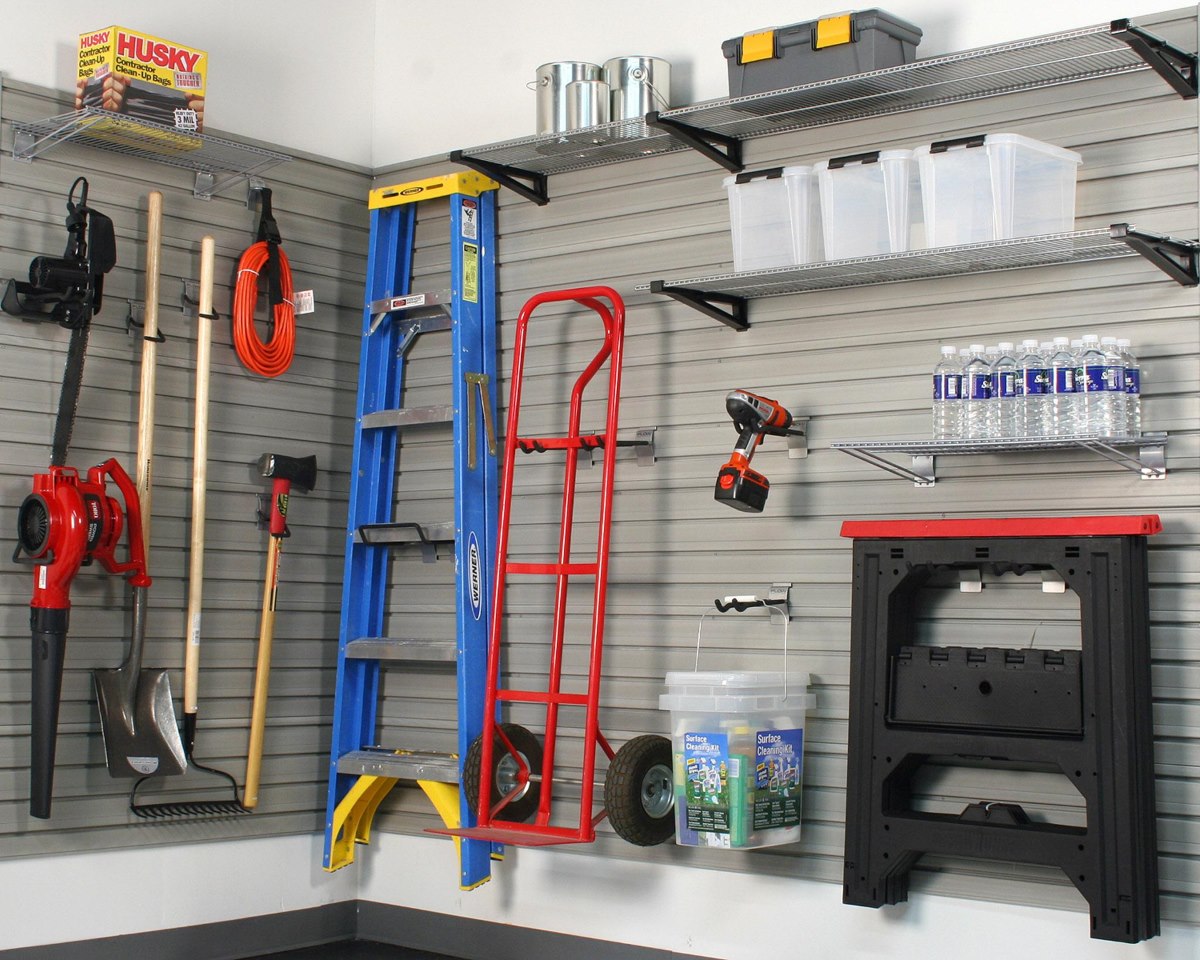

0 thoughts on “How To Store Paxlovid”